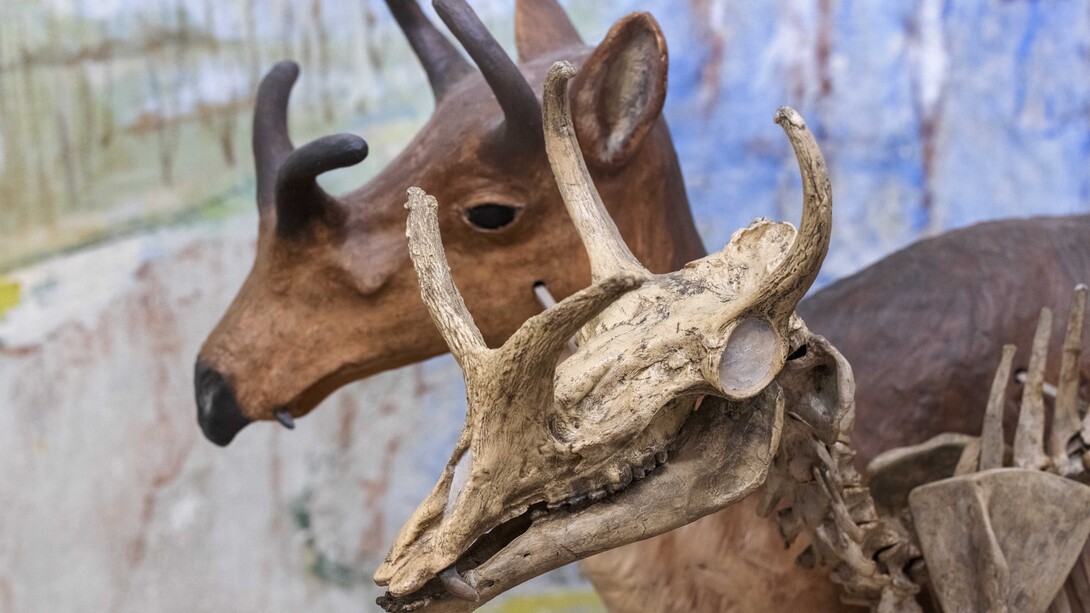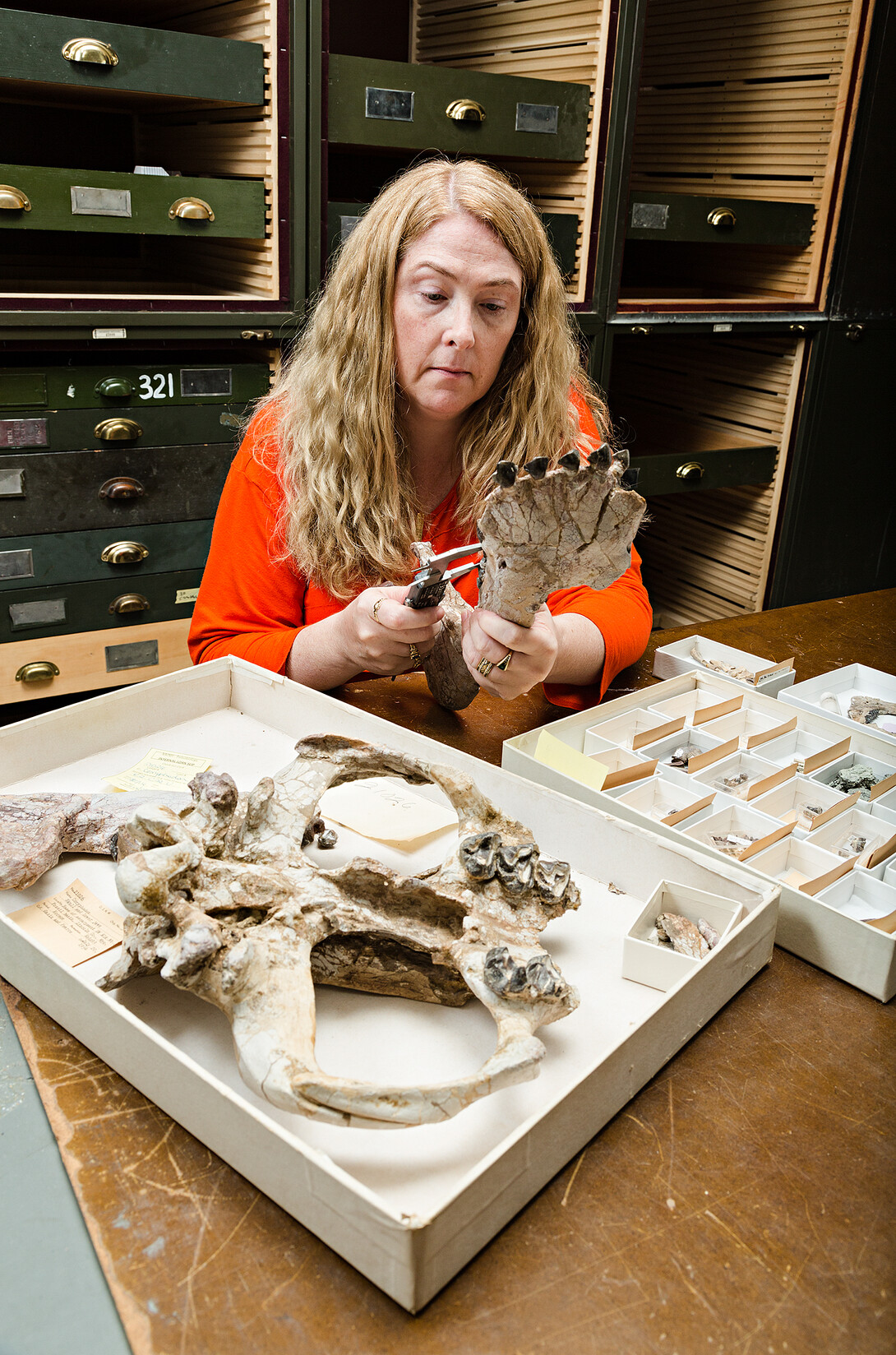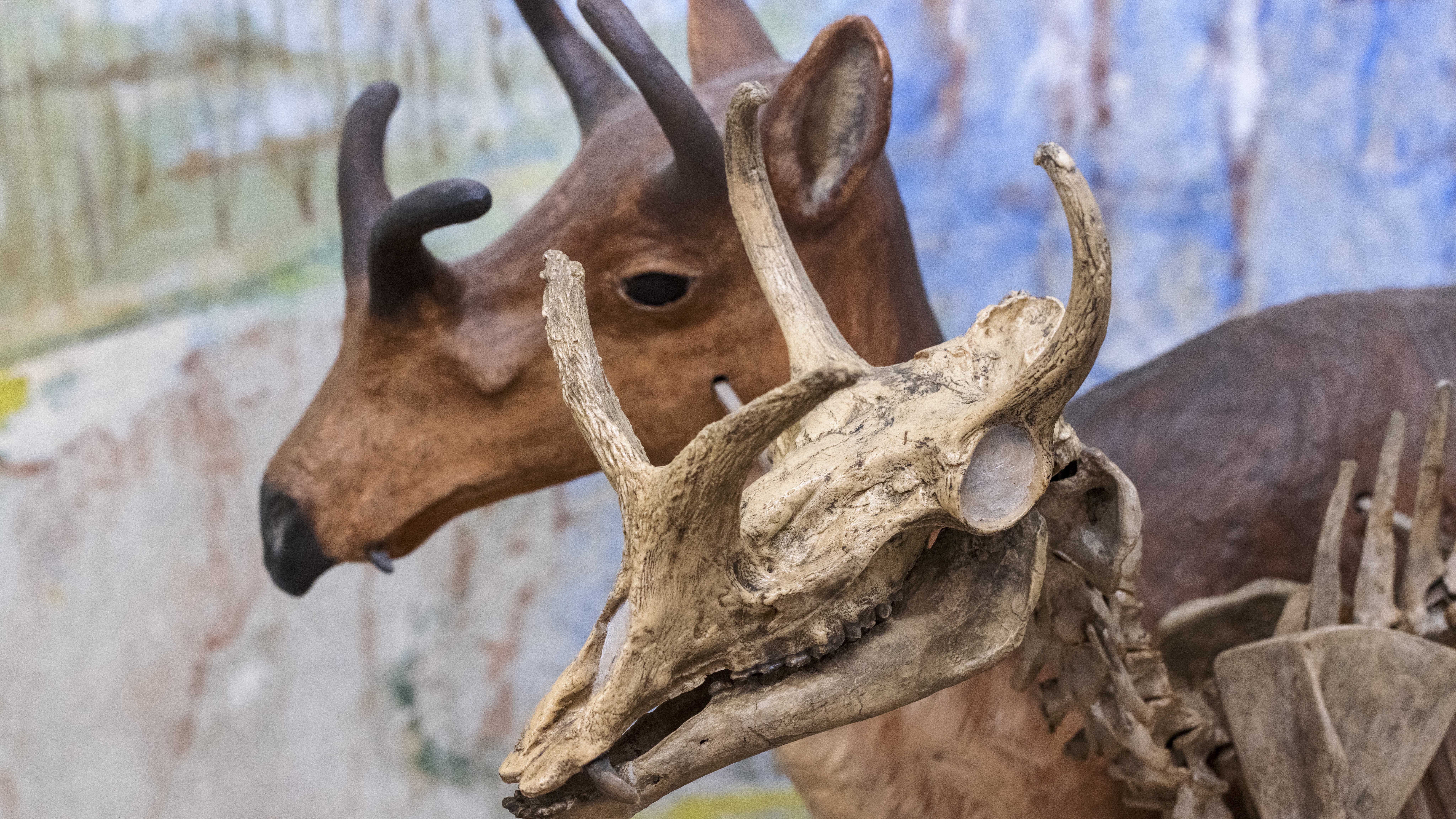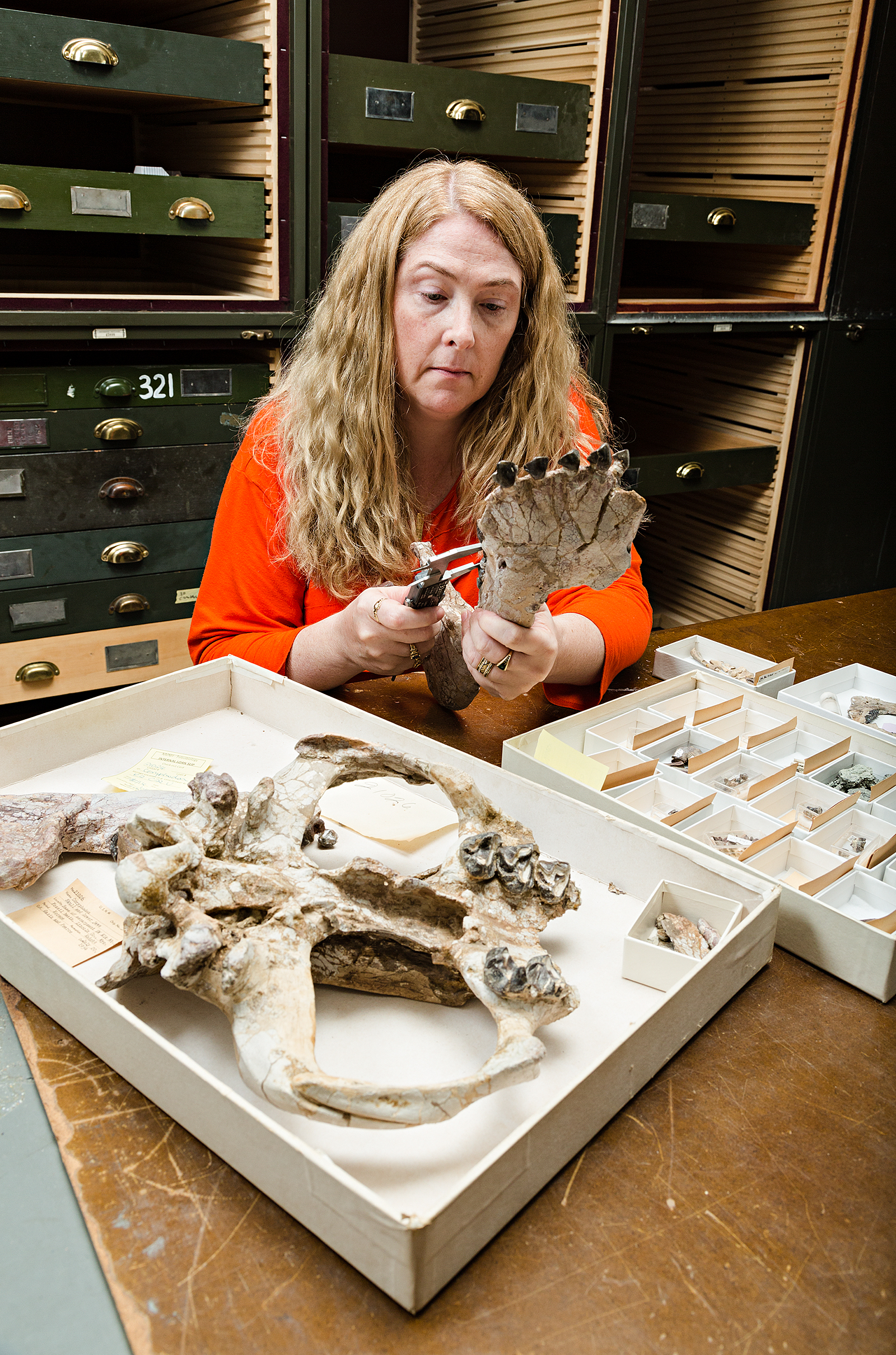
When trying to understand the present, it's helpful to look to history. New research from the University of Nebraska–Lincoln examined the fossil record going back 66 million years and tracked changes to mammalian ecosystems and species diversity on the North American continent.
The study, led by Alex Shupinski, who earned her doctorate in May, and co-authored by Kate Lyons, associate professor in the School of Biological Sciences, provides a large-scale view of how species diversity changed over the first 65 million years of the Cenozoic era — up until the arrival of humans — and how climate and other environmental factors, including changing landscapes, affected animal life on the continent.

The findings published in Proceedings of the Royal Society B also provide a glimpse into how mammals rebounded following the last mass extinction event — the eradication of non-avian dinosaurs.
“Beginning 66 million years ago, we go from a completely sub-tropical environment across North America to grasslands to a frozen savanna, and finally, reaching the Ice Age,” Shupinski said. “It's showing how species changed through time, through many ecological, environmental and climatic changes and it allows us to compare across those events and at different spatial scales.”
The researchers sliced the fossil record of the Cenozoic era into million-year increments and used three indices of functional diversity — which quantifies changes in community structures using mammalian traits — to examine mammalian communities on both a local and continental scale.
For most of the Cenozoic era, local and continental measures of functional diversity differed, but surprisingly, during the first 10 million years of the era, immediately following the extinction of non-avian dinosaurs, all measures of functional diversity, both locally and across the continent, increased.
“That was fascinating to see, that for most of the Cenozoic, functional diversity was uncoupled across time and spatial scales, except this one time,” Shupinski said. “For 10 million years, all the measures are changing in the same way. Then, around 56 million years ago, we get this massive immigration of mammals into North America from other continents, and at that point, we see a divergence of functional diversity.

“Communities are changing at different times, at different rates and in different directions,” she said. “We might see locally, the diversity of roles increasing, but continentally, they’re decreasing.”
Lyons said that some of the changes among mammalian species can be explained by environmental changes, including cooling and warming periods or when heavily forested areas were usurped by grasslands, but that the large-scale environmental changes did not rise to the level of disruption caused by the mass extinction of dinosaurs.
"That is why this could potentially be a way to pinpoint areas of the globe or communities that are under particular stress,” Lyons said. “We may be entering a sixth mass extinction event, and if so, we might expect to see communities that are on the vanguard of that extinction respond in a similar way, based on the patterns we see after the extinction of the non-avian dinosaurs."
In the field of conservation paleobiology, tracking past changes in ecosystems over long periods of time helps scientists and the public better understand biodiversity crises happening today, and this current study offers a thorough analysis of the age of mammals and hints at what may come next.
“If we are looking at the modern (crises) and we see a similar response in the functional diversity of modern community structures, it may be a conservation tool as we can highlight some of these communities that are experiencing the most disturbance and that are at highest risk of change and disturbance in their ecological services and function,” Shupinski said.
Additional authors on the study are Peter Wagner, professor of Earth and atmospheric sciences at Nebraska, and Felisa Smith of the University of New Mexico, Albuquerque.
Share
News Release Contact(s)
Related Links
Tags
High Resolution Photos

HIGH RESOLUTION PHOTOS

HIGH RESOLUTION PHOTOS








